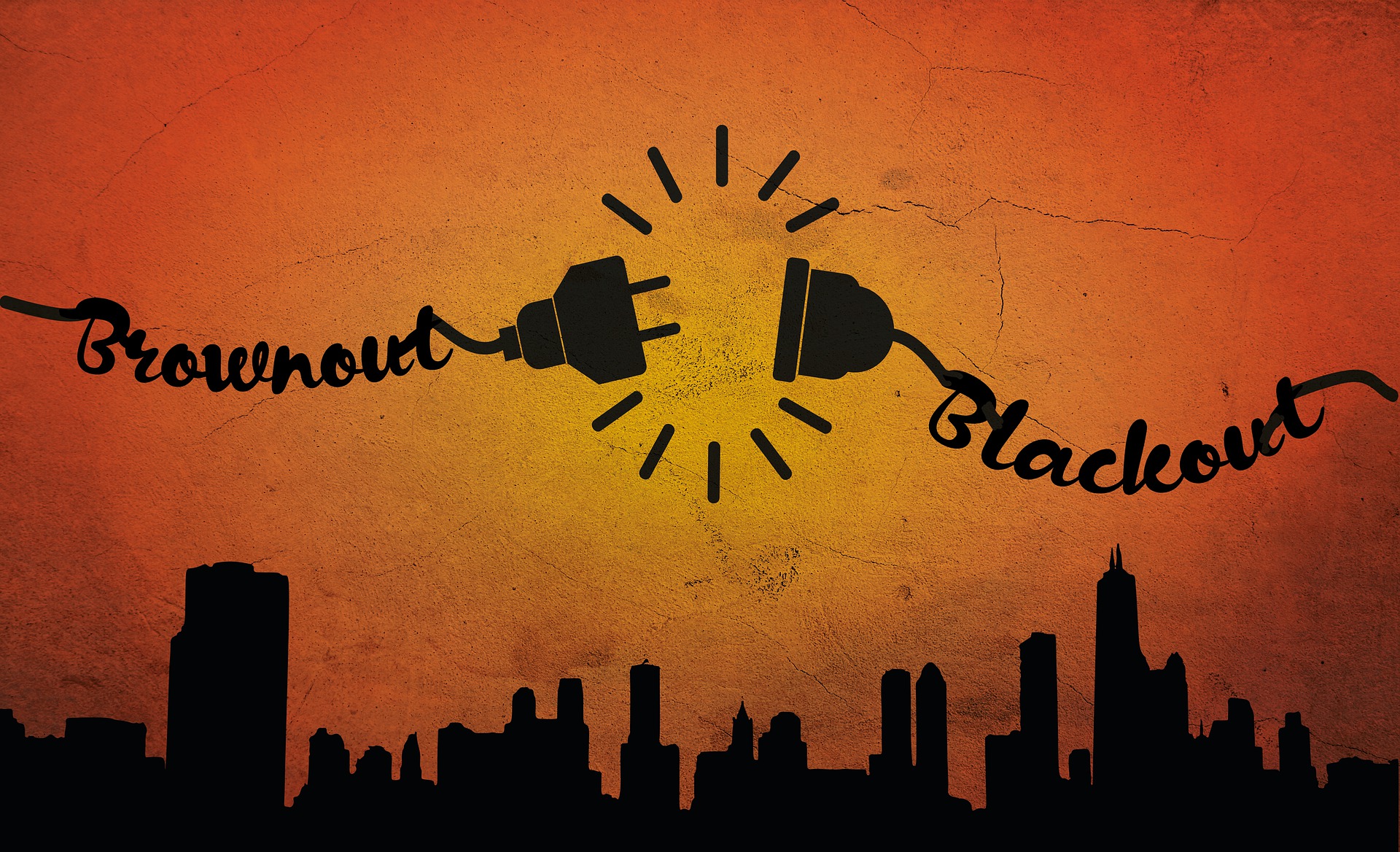Brownout is a term that is occasionally used in connection with the power supply. More specifically, when the power is purposefully shut off.
What is a brownout? This question comes up occasionally when it comes to the power supply. Here is the explanation of the term – and the difference to the much better-known blackout.
A brownout is when the power supply in a location or region is controlled and shut down in a targeted manner by grid operators.
When can a brownout become necessary?
According to the Federal Network Agency, a brownout can become necessary when too little electricity can be produced compared to the amount demanded. For example, gas-fired power plants no longer receive enough gas and can no longer generate enough electricity. In this case, there could be a brownout – the power supply is selectively shut off in specific locations.
What is the difference between brownout and blackout?
A blackout is a sudden, uncontrolled power outage. A prolonged blackout could have catastrophic consequences. Conversely, a brownout is a targeted and controlled power shutdown for a specific period.
If a brownout, i.e., a reduction in electricity demand, becomes necessary, the electricity suppliers would probably do this on a rolling basis, i.e., in turn. An example: First, the power is cut off in one part of the city for a few hours, then in the other for a few hours. According to the Federal Network Agency, the goal of a rolling brownout is to keep the impact on individuals as low as possible and limited in time.
- hector pascua/picture: Bild von Alexandra_Koch auf Pixabay
This post has already been read 1504 times!



